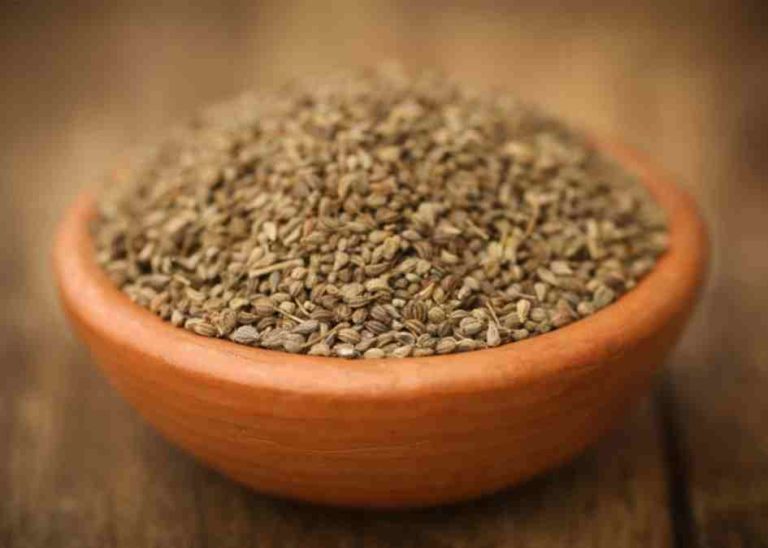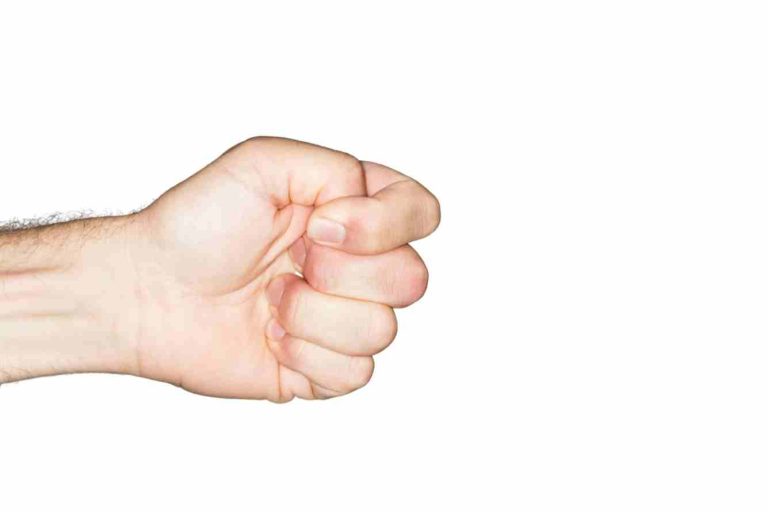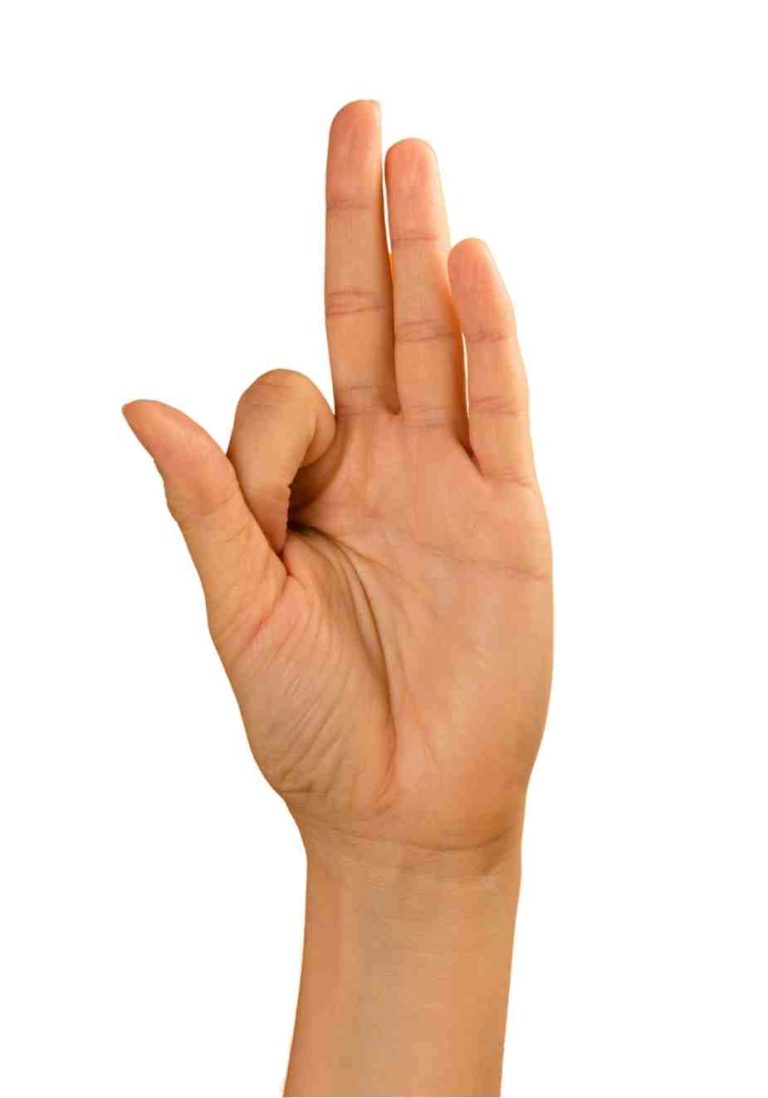
Table of Contents
Yavani plant
What is the Yavani Plant? What are its medicinal uses? What is its morphology? And what should you know about the plant before taking it as a medicine? This article will provide you with an overview of the plant and its ayurvedic properties. Continue reading for additional information. And don’t forget to read the precautions! You may be surprised by what you find! Read on to discover more about this unique plant.
What Ayurveda says about Yavani Plant
What Ayurveda says about the Yavani Plant is that it can help to improve the efficiency of the pitta especially (adrenal) gland. The herb is native to Egypt and can also be known by the common names Ajwain and Bishop’s weed. The Sanskrit name for Ajwain is Yavani. It has been used in India for centuries to treat ailments and is believed to control vata and increase pitta.
The yavani plant is used in Ayurveda to treat several disorders. It is found in the Apiaceae plant family and has various medicinal properties. Its scientific name is Trachyspermum ammi, and it grows in arid, semi-arid regions of the world. It has two or three leaves that are divided into segments. It is an excellent remedy for atisara, which is a common complaint among many people in the world.
Yavani posses actions like Anti fungal, Anti microbial, Anti oxidative, Antinociceptive, Cytotoxic, Hypo lipidemic, Anti – hypertensive, Anti spasmodic, Broncho dilating, Anti lithiasis, Diuretic, Antitussive, Nematocidal, Anthelminthic, and Anti filarial actions
Medicinal uses of Yavani Plant
Yavani is actually light and easy to digest and at the same time it will help to improve the appetite and digestion further. It is a remedy for tactlessness, abdominal coli pain, Ascites, Bloating, Abdominal tumor, Splenomegaly, Worm infestation and in food poisoning. The botanical name of the Yavani plant is Carum copticum, but some sources list it as Trachyspermum ammi.
Morphology of Yavani Plant
The Yavani plant is a perennial herb that grows in dry, semi-arid regions of India, Iran, Pakistan, and Afghanistan. It is used as a medicine in various parts of the world, including India. Its chemical constituents are known to have medicinal properties, and it is useful for treating gastric ulcers and reducing inflammation. Its leaves are divided into two or three segments. In addition to its many uses, Yavani is also used to increase the efficiency of the pitta in the body.
It is a small, annual plant with tiny leaves and flowers. The fruit is ovoid and fragrant, and it is grayish brown in color. In India, the plant is used as a natural remedy for sores on the esophagus and stomach. Similarly, it is used as a spice. It can be applied externally to relieve pain caused by colic in children.
Precautions in taking Yavani plant as a medicine
You should be aware that the plant has a nauseous odor. Yavani can decrease the sperm count, hence it should not be taken by those who are suffering from Oligospermia. Also Yavani should not be taken by pregnant ladies, there are some precautions to follow when using the Yavani plant as a medicine. It is better to consult an Ayurvedic Doctor before taking Yavani as a dietary supplement or medicine. Diagnosis of your disease by Ayurvedic Doctor is important to get proper treatment.
Proper analysis of Prakruti, Vikruti, Digestive capacity, Appetite, disease etiology etc is necessary to get proper results of treatment
Yavani is a biennial or annual plant and grows to 30-60 centimeters (1-2 feet) tall. It produces basal leaves during its first season, which disappear during winter. The plant flowers from April to September, and its leaves are ovate and sessile.








